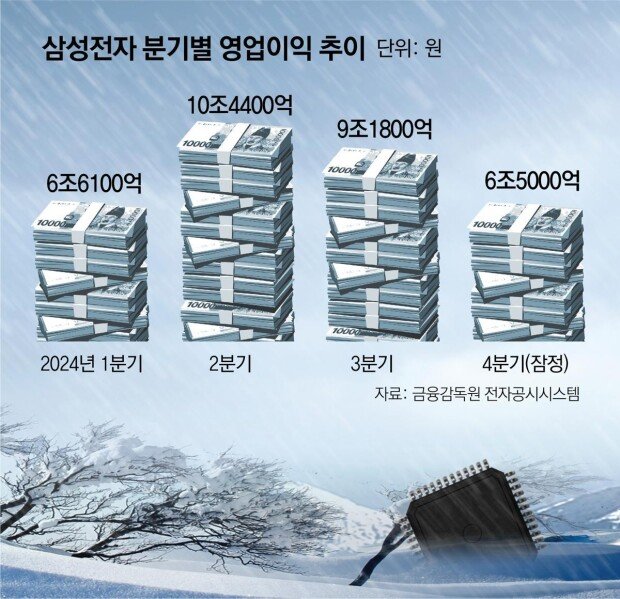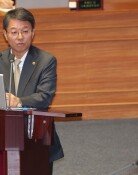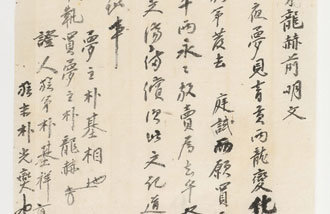Samsung’s Q4 operating profit falls short of projections
Samsung’s Q4 operating profit falls short of projections
Posted January. 09, 2025 07:58,
Updated January. 09, 2025 07:58

With an economic downturn awaiting South Korea in times of political turmoil concerning the impeachment situation, the country’s leading business, Samsung Electronics, showed a plummeting performance amid the “Semiconductor Winter.” With the memory market, Samsung’s main business sector, shaking unstably, it is expected that uncertainties will only keep growing at home and abroad this year as well.
Samsung Electronics announced on Wednesday that it recorded a tentative revenue of 75 trillion won and an operating profit of 6.5 trillion won for the fourth quarter of last. This is lower by more than 1 trillion won compared to the 7.97 trillion won based on financial information business FnGuide’s Consensus (average projections) issued on the previous day. Compared to the previous quarter, it saw a 5.18 percent drop in revenue and a 29.19 percent decline in operating profit.
The disappointing results are mainly due to the slowing memory market involving DRAM and NAND flash, which is at the core of the company’s portfolio, and disruptions in supplying NVIDIA with the 5th generation high-bandwidth memory (HBM) HBM3E. The price of DRAM products has been dropping sharply with the PC and smartphone markets – where DRAM products are supplied - recovering slowly, coupled with an increasing flood of DRAM products from China. According to market research company TrendForce’s reports, the average DRAM contract price suffered a freefall from 2.10 dollars to 1.35 dollars between June and December last year.
Samsung Electronics is even struggling in the HBM sector, the only area showing growth thanks to demand for AI systems in the weakening memory market. In a conference call on last year’s Q3 performance, Samsung Electronics mentioned the supply of HBM3E to NVIDIA, saying, “We have completed crucial phases in the quality test process (performance verification) with a major client.”
Do-Young Kwak now@donga.com







